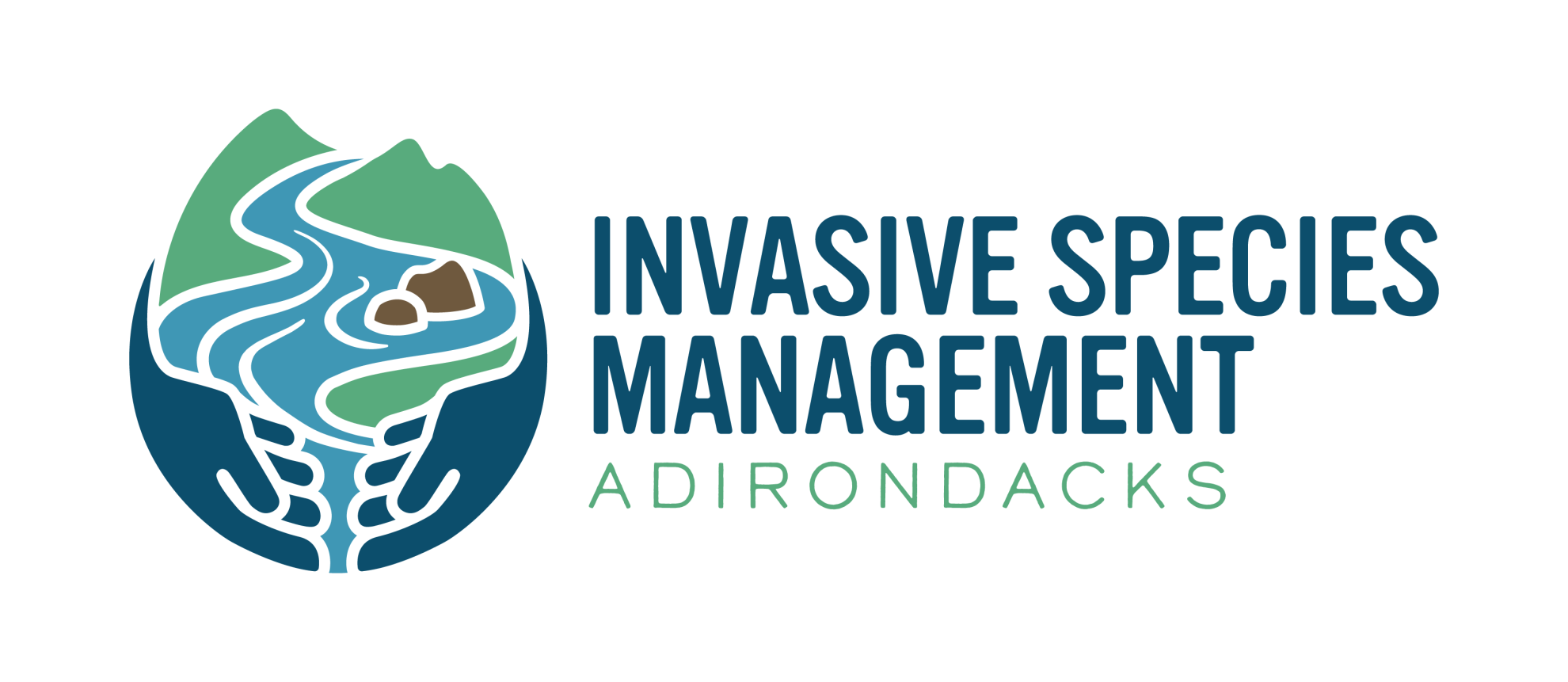The Nature Conservancy Announces Campaign to Save Lake Champlain from Round Goby

The Nature Conservancy Announces Campaign to Save Lake Champlain from Round Goby
Lake Champlain is a uniquely beautiful and important place. It sustains surrounding communities by providing clean drinking water to hundreds of thousands of people and drives local economies with its world-class recreation, including some of the best bass fishing in the country. But round goby, an invasive fish, now threatens the lake and all who rely on it.
Located at the intersection of New York, Vermont, and Quebec, Lake Champlain is home to hundreds of bird and fish species and draws visitors from around the world with its scenic vistas, fishing, boating, paddling, swimming, bird watching, cycling, and so much more. No wonder locals consider it “a little piece of paradise.”
A natural resource that underpins the local economy, Lake Champlain sustains dozens of communities in two states and the Canadian province of Quebec. But the recent arrival of an invasive fish, round goby, in the Hudson River threatens the lake, its native fish and birds, and local families and businesses.
What’s a round goby?
Round gobies are small fish native to southeastern Europe. They arrived in the Great Lakes 31 years ago in a ship’s untreated ballast water. Among other problems, round gobies harm wildlife habitat and eat the eggs and young of native fish. Once established, invasive species are often impossible to eliminate, so the best strategy by far is to prevent invasive species from spreading in the first place.
If New York State allows round goby to reach Lake Champlain from the Hudson River, the consequences will likely be devastating. Communities and businesses near Lake Champlain stand to lose significant revenue. Nonnative infestations also threaten public health, harm wildlife habitat, and result in communities spending millions of dollars to minimize the further spread of these species and the damage they cause.
Is this destructive fish in Lake Champlain?
Not yet. But unless immediate action is taken, round goby will have a direct path to Lake Champlain from the Hudson River via the Champlain Canal. In August 2021, for the first time, round gobies were detected in the Hudson. As feared, it arrived through the New York canal system, which is a ‘superhighway’ for nonnative species to invade New York waters. The canal system created artificial connections among naturally disconnected waterbodies, giving 188 aquatic invasive species in the Great Lakes a direct route to the Mohawk River, the Hudson River, and eventually Lake Champlain.
We can save Lake Champlain from round goby.
New York can keep round goby from reaching the lake from the Hudson River by maintaining an existing barrier between the river and the lake. The Champlain Canal was built at the same time as the Erie Canal; it stretches from the south end of Lake Champlain to a point in the Hudson River near Fort Edward. A system of canal locks separates the river from the lake, and just as with a door, these locks can be opened or closed.
Right now, for the winter season, the lock where the lake and river meet is closed, so the water bodies are separate. If the lock is re-opened, there is nothing stopping round gobies from colonizing the lake and causing irreversible harm.Keeping the lock closed would immediately help protect Lake Champlain’s unique quality of life for residents, tourists, and wildlife.
By acting now, New York State can block round goby from invading Lake Champlain via the canal.
Famously built in the 1800s to enable commerce, the canal system is historical infrastructure owned and controlled by New York State. Decades ago, a lock closure would have interfered with commerce, but that is not the case today. The canal’s commercial traffic has disappeared over time as more modern methods were developed.
Lock closures are not uncommon. Across the country, canal locks are routinely closed for a variety reasons. In this case, the closure would be temporary, until the completion of an invasive species barrier that is now being developed.
A temporary closure would have no impact that could not be addressed by the state, but would block round goby and other invasive species from entering Lake Champlain through the canal. This, in turn, would prevent devastating effects to the lake and surrounding communities.
New York State not only needs to ensure the economic viability of Lake Champlain communities and the health of our natural resources, it is also obligated under an agreement with Vermont and the U.S. Fish and Wildlife Service to aggressively prevent introductions of invasive species into Lake Champlain. Under the clear terms of that agreement, the Champlain Canal lock must be kept closed, until the new protective barrier is operational, to keep round goby out of lake.
New York has a clear choice. It’s time to act.
Whatever inconvenience might result from a temporary lock closure does not come close to the harm that could be caused by opening the lock and allowing round goby into Lake Champlain. The evidence that invasive species are moving through the canal system from the Great Lakes into our other waterways cannot be clearer or more compelling. The severe risks of nonnative species are well-established and the potential for economic and ecological damage is enormous. Right now, the state is facing one of the starkest choices yet: Whether to open the lock and allow round goby to enter Lake Champlain, something that will eventually cause irreversible ecological and economic damage and require the future expenditure of many millions of dollars to manage the problem. Or, to keep the lock closed until a permanent solution is in place to prevent irrevocable damage to Lake Champlain and the communities in New York, Vermont, and Quebec that rely on the lake. The answer cannot be clearer. New York needs to act now to protect Lake Champlain and all the families who rely on this incredible resource.
Can I help before it’s too late?
Yes! The Nature Conservancy need your help to save Lake Champlain from round gobies. Contact Governor Hochul right now at 518-474-8390 or legislative.secretary@exec.ny.gov. Ask the governor to prevent invasive round goby from destroying Lake Champlain by immediately directing that Lock C7 in the Champlain Canal remain closed during the 2022 canal season, which begins in May.
Click here for a printable version of this fact sheet.

